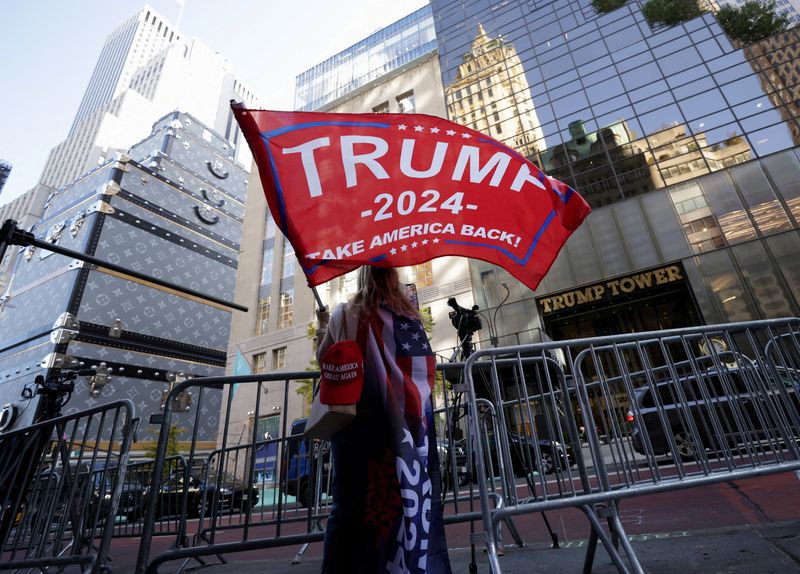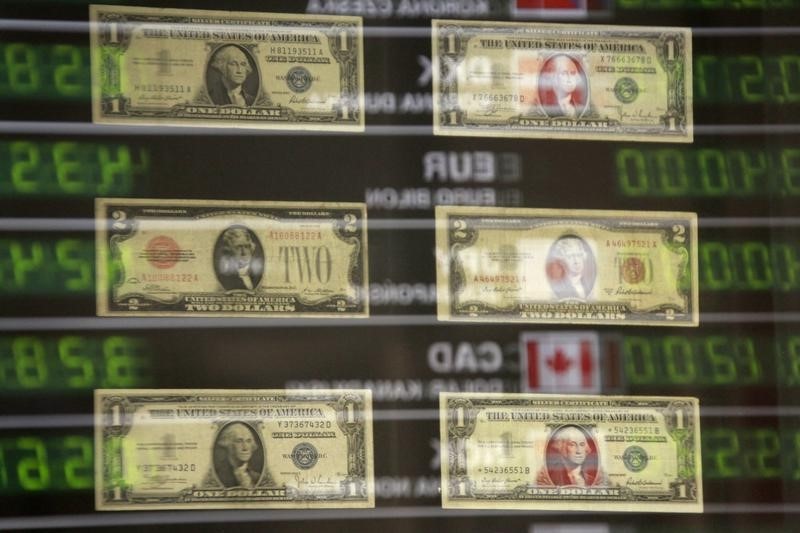By Nimesh Vora and Jaspreet Kalra
MUMBAI (Reuters) – The period of low volatility that the Indian rupee has seen may not last with Donald Trump set to become U.S. president again, bankers and advisers warned, urging companies to reduce their currency risks manage more carefully and proactively.
The rupee fell to an all-time low of 84.3625 against the US dollar on Thursday, adding to the previous day’s losses as election results pushed the Asian currency to tumble.
Investors are dumping Asian currencies, and the dollar is rallying against its key peers on expectations that Trump’s expected policies of lower corporate taxes and deregulation would boost U.S. growth.
In addition, Asian currencies are struggling with the possibility that Trump will increase tariffs, especially on China.
All this is likely to mean a period of greater uncertainty and volatility for Asian currencies, bankers said, adding that the usually dovish Indian rupee will not be immune to the disruptions that Trump’s policies are likely to lead to.
The rupee is “likely to enter a period of somewhat heightened volatility with the risk of larger moves in the coming months,” Abheek Barua, chief economist at HDFC Bank, said in a note.
For Indian companies, which are used to the rupee for extended periods within a narrow range, this will mean an adjustment in the way they manage their currency risks.
The rupee’s quarterly daily realized volatility has been in the range of 1%-2.5% this year, well below the 10-year annual average of 5%.
Due to the rupee’s low volatility, Indian importers have maintained a relatively low hedge ratio and were “more inclined to wait” until just before the payment date, said a forex salesperson at a mid-sized bank.
“That may no longer be feasible now that the perceived risk has shifted,” he said.
Companies should be cautious and hedge their risks in the short term (for the next three to six months), advises HDFC Bank.

Abhishek Goenka, founder and CEO of forex consultancy IFA Global, said importers can opt for option hedges over forward hedges depending on their risk profile.
“For the ultra-conservative, we suggest that once you have confirmed the payments to be made, you can consider a combination of options and timeframes.”


